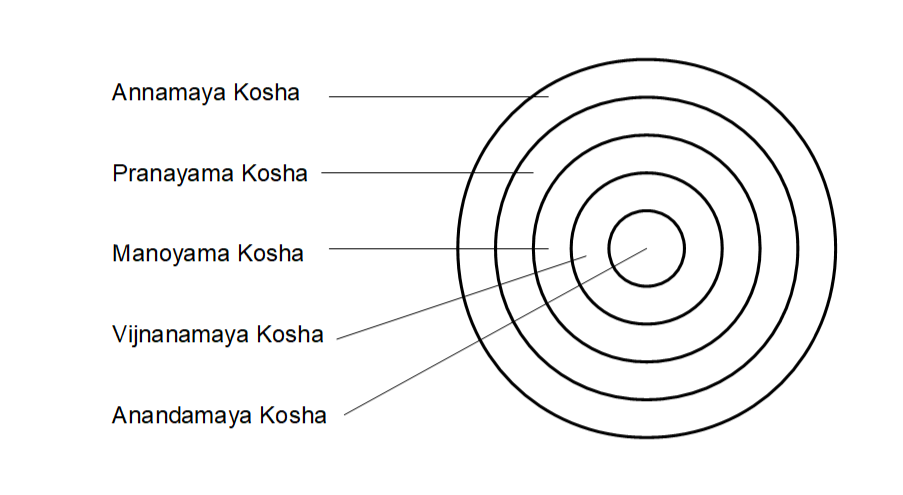
Concentration in meditation plays a crucial role in achieving deeper states of consciousness. Patanjali, the author of the Yoga Sutras, describes meditation as the calming of the mind, which is achieved through focused concentration on a meditation object. In this article, you will learn how you can effectively increase your concentration, what obstacles arise in the process and how the koshas (sheaths of consciousness) influence your meditation practice.
Why is concentration in meditation so important?
Without concentration, meditation remains superficial. Many people sit down in the hope of having deep spiritual experiences, but end up merely in a state of relaxation. Patanjali teaches that true meditation is only possible through sustained, focused attention. A meditation object is used to focus the mind and gradually bring it to stillness. This technique is also known as yoga meditation or mantra meditation.
Not every meditation technique works the same for every person. Therefore, you should always choose the technique that you like and that works well. Concentrated meditation is a good start, especially for beginners, as we can get lost in meditation at the beginning due to the abundance of inner impressions. Patanjali provides a very clear and simple path here with object meditation.
Concentration as a stable foundation in meditation
Concentration is essential to create a stable foundation for meditation. When the mind is restless and distracted, it is difficult to enter a meditative state. Through focused concentration, we align prana (life energy), which calms the mind and creates a stable foundation for deeper meditative experiences.
This targeted alignment of prana provides inner balance and makes it easier to detach from external distractions. The constant process of sensory perception, thoughts and emotions is driven by prana. Instead of worrying about all mental patterns individually, we can bring them to rest by concentrating on a meditation object.
Choosing the right meditation object
A meditation object can be many things:
- A mantra that is constantly repeated
- The breath, which is consciously observed
- A candle or a yantra on which the gaze remains focused
The choice of object is crucial. It should be personally appealing to naturally support concentration. Some meditation teachers recommend specific objects that are energetically suited to the practitioner. In general, you should choose a meditation object that you personally like and that works well.
Obstacles to concentration in meditation
Many people encounter inner resistance during meditation. Patanjali describes various obstacles that can arise:
- Hectic and restless: the mind jumps uncontrollably from one thought to the next.
- Absent-mindedness: Attention cannot be held for more than a few seconds.
- Depression: Emotional blockages make practice more difficult.
This is where concentration comes into play: it creates a kind of mental path that we re-enter with each session. Through regular practice
The Koshas: A map for deeper meditation

In yoga, there are the koshas, the five sheaths of consciousness. These represent different levels of our being and are a helpful model for progress in meditation.
Prana, the universal life energy, moves through the koshas. When prana is blocked or flows chaotically, emotional and mental disturbances arise, making our meditation more difficult. A concentrated focus on a meditation object helps to stabilize the flow of prana. Mantras are particularly valuable here, as they generate vibrations that further harmonize prana.
- Annamaya Kosha (physical sheath): The gross body, consisting of flesh and bones.
- Pranamaya Kosha (energetic sheath): This is where our emotions and life force (prana) reside.
- Manomaya Kosha (mental sheath): Seat of thoughts, memories and the conscious mind.
- Vijnanamaya Kosha (intuitive sheath): The deeper knowledge and subconscious mind.
- Anandamaya Kosha (bliss sheath): The innermost core, always in bliss.
Tips for improving concentration in meditation
- Practice daily: Concentration is like a muscle that needs to be exercised.
- Focus steadily but gently: Too much effort tires the mind quickly.
- Choose the right meditation object: A suitable object makes focusing easier.
- Don’t get frustrated: Concentration develops over time.
Patience and perseverance lead to the goal
Concentration in meditation is the key to a deep spiritual experience. With patience, a clear focus and the right meditation object, you can overcome obstacles and dive deeper and deeper into your own mind. The journey inwards is worthwhile – so keep at it and meditate regularly! If you are looking for a suitable meditation object, please contact me.
NAMASTE